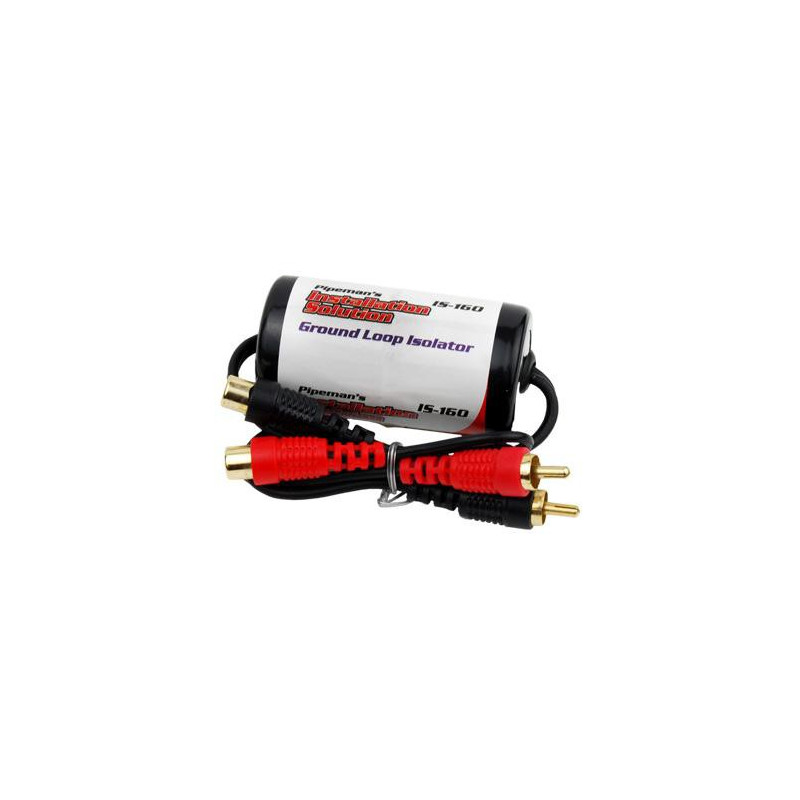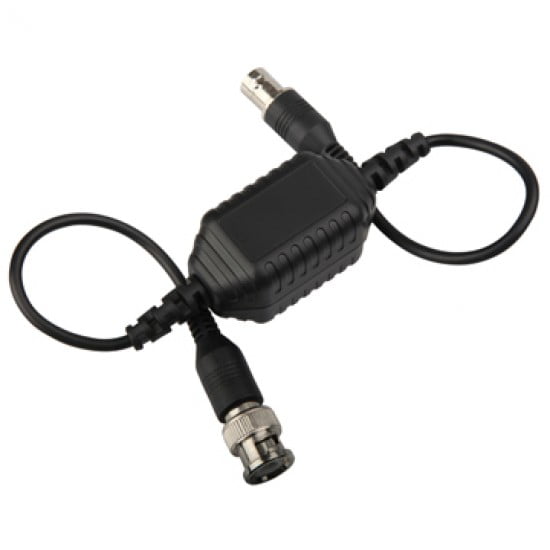

- Ground isolator power strip how to#
- Ground isolator power strip Patch#
- Ground isolator power strip professional#
You are running shielded Ethernet cable to a PoE device outside, like a Wi-Fi Access Point (AP). You will only create another ground loop. Do not separately ground that auxiliary wire to another ground (like a ground rod).
Ground isolator power strip Patch#
If the shielded patch panel has an auxiliary ground wire attachment (most do) then either do NOT hook it up or hook it up to your building’s AC ground wire. The patch panel should be a shielded patch panel if one is used. Take note in the above scenario, Building A. You are running shielded Ethernet cable between two buildings with multiple subpanels or AC mains involved.
Ground isolator power strip how to#
Here are two infographics showing common scenarios and how to wire stuff up:

The solution is to be aware this situation can occur and mitigate it before you have trouble. You can get away with unshielded CMX outdoor cable in direct burial scenarios, assuming the cable is buried and making contact with dirt, and that cable is not in proximity to an underground AC line. The cost? A dead $200 Ubiquiti outdoor Wi-Fi AP. This ESD needs a way to drain off, and this would be via the cable shield/drain wire and your ground. Air movement causes electrostatic discharge (ESD) build-up on your cable, especially in the dry seasons. The primary one, and one that I consider inviolate, is when you are running Ethernet cable outside in open air scenarios. In my blog linked above, there are scenarios when you must use shielded cable. It’s not voltage you want-we are not talking about PoE in this case. Those ground potential differences are then literally looped back as common mode voltage, and get injected across your Ethernet cable. For reasons that only an electrical engineer can explain fully, having multiple points of ground can cause ground potential differences in your cable system. Though, you might get a nasty burn or jolt.Įlectricity is your friend, but it can also harm you. The conductors will likely turn cherry red and melt before you become a charcoal briquette. Fortunately, the conductors inside Ethernet cable are quite thin in comparison to electrical wire. Personal injury (extremely unlikely, but a remote possibility in extreme scenarios where very high AC or DC voltages are involved).Equipment damage (far less likely, but possible).Worse yet, these errors are typically intermittent. Unexplained bit/transmission errors in your network.This has the potential (pun not intended) to create a situation that has the following outcomes:
Ground isolator power strip professional#
Professional installers are likely to run into all three.ĭo you see the overriding pattern? There are multiple points of grounding that occur in each installation.

The home installer is likely to run into the third scenario. Then that same run is grounded yet again to the AC ground inside your house/building. The shielded run goes to a WiFi AP or camera outside, and there is a lightning protector involved that uses its own ground point.The shielded run is inside the same building that has multiple AC subpanels (a great example is a factory), and these subpanels are using different grounds.The shielded run is between two buildings that are on their own AC mains (meters), or have two or more different subpanels that are separately earth grounded.Ground loops may occur when you are running shielded Ethernet cable in the following scenarios: I promised I would do so, and here it is. What I did not detail in that blog, however, was to show how to avoid a ground loop altogether. Knowing you could run into this issue is half the battle. It is great that people are reading Shielded vs Unshielded Cable. Quite often I get questions about how to prevent a ground loop, or how to perform a ground loop fix when using Ethernet cable. Written by Don Schultz, trueCABLE Technical Sales Representative & Fluke Networks Certified Technician


 0 kommentar(er)
0 kommentar(er)
